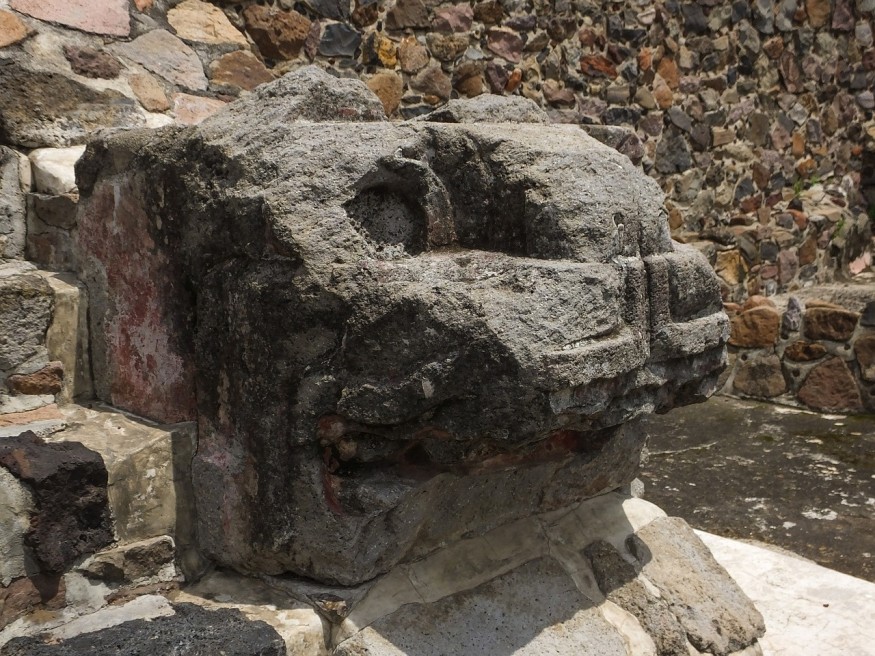
Archaeologists were able to retrieve some stone figurine collections in Mexico City that depict humans. Such carvings could have been used by Aztecs as offerings to deities.
Stone Human-Like Carvings Found in Former Aztec Temple Site
All fifteen of the stone human-like carvings were found to be kept inside a stone chest that was buried in Templo Mayor's former site. This ancient temple used to serve as the complex of Tenochtitlán, which was the Aztec Empire's capital. However, the temple structure ended up getting destroyed by Spanish forces in 1521. At present, the site of the former temple houses the Metropolitan Cathedral of Mexico City.
In the fifteen-piece collection, the tiniest item portrays a woman, while the fourteen others depict men.
Human-Like Stone Carvings Reflect Mezcala Style
Each figure has been observed to depict the Mezcala style that is linked to an ancient Mesoamerican culture that used to exist within southern Mexico's Guerrero. As such, this culture used to be known for the creation of human-depicting objects.
The Mezcala style is a tradition that is notably long-lived, with its roots tracing back all the way to 500 B.C.E. Though such models of architecture are typically taken and referred to as temples, it has been suggested that these architectural models could serve as spirit world entrances or as dwelling places for the dead when they are added to graves.
As for the figurines, it is interesting to note that these specific figures date to the Epiclassic (A.D. 650-900) and Middle Preclassic (A.D. 1200-400) periods. As such, this means that the items were true relics when the people were subdued by Mexicas. Some of them could have been over a thousand years old and may have been used as cult effigies.
The researchers think that Mezcala objects were valued by Aztecs and that they may have looted such figures during battle.
Other Artifacts Found in the Stone Chest
Aside from the unique stone figurines, the stone chest was also found to contain 186 green metamorphic stone beads, shells, marine corals, and snails. There were also two earrings that had the shape of a rattlesnake.
Archaeologist Leonardo López Luján, who serves as the director of the Templo Mayor Project behind the excavation, explains that the Mexicas used to store their most precious items inside their homes within chests of palm-frond. These items were jewelry, feathers, and garments of cotton.
López Luján adds that observing this in Templo Mayor enables them to imagine the priests keeping symbolic items within stone cases. These items-the green stone beads, snails, and shells as well as rain deity sculptures-are vital symbols of fertility and water.
RELATED ARTICLE : Copper Age Owl Carvings Unearthed in the Iberian Peninsula Served as Toys, Amulets For Children
Check out more news and information on Archaeology in Science Times.
© 2025 ScienceTimes.com All rights reserved. Do not reproduce without permission. The window to the world of Science Times.












